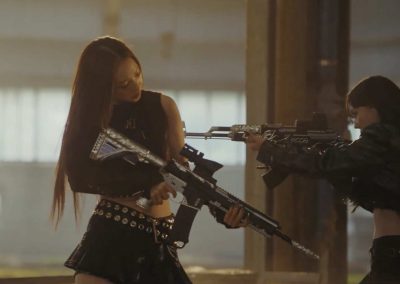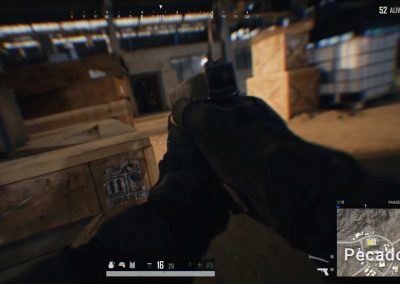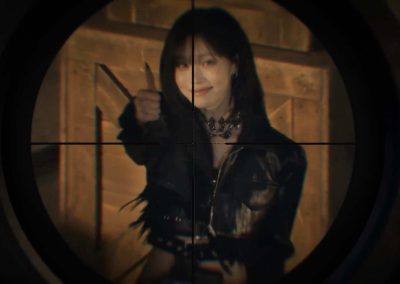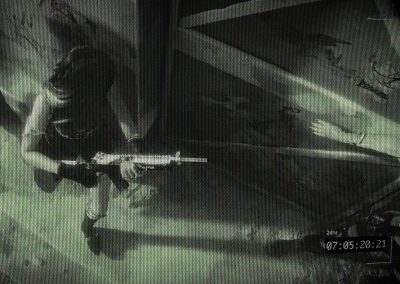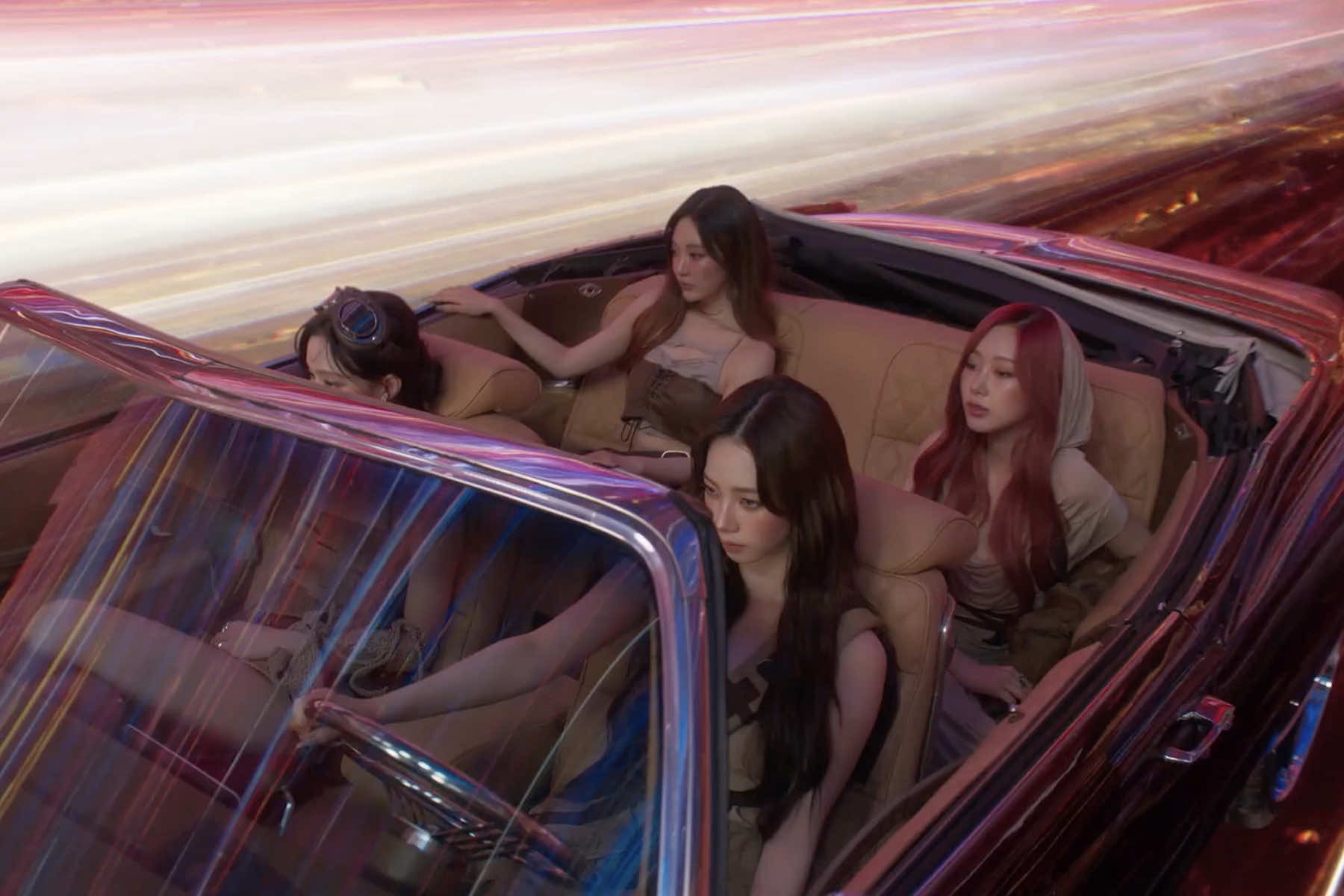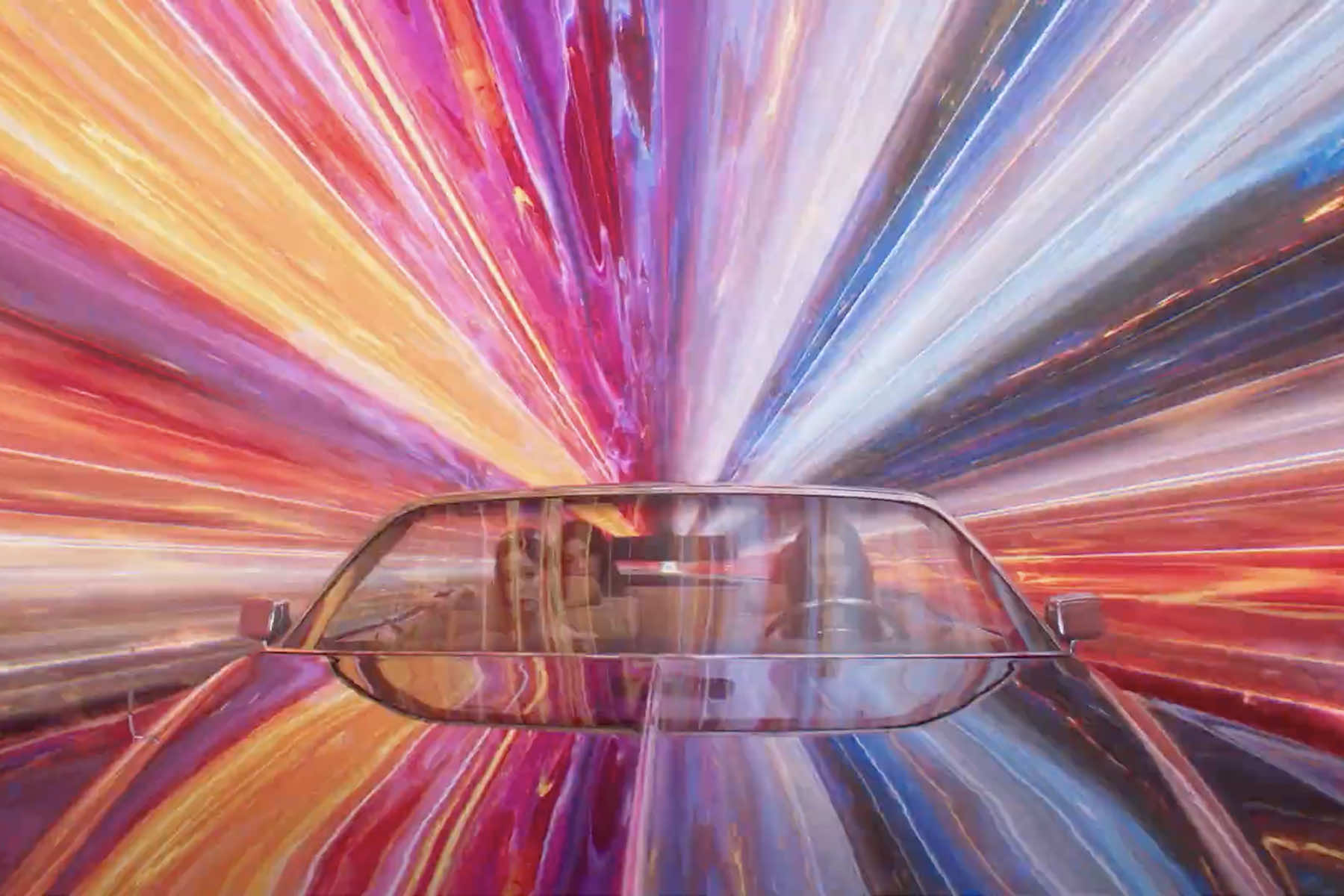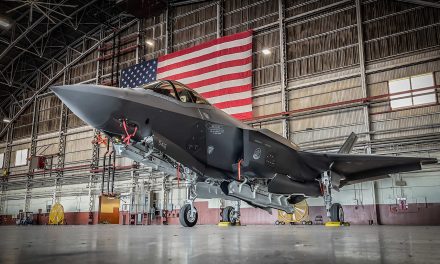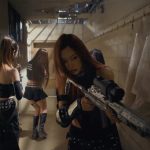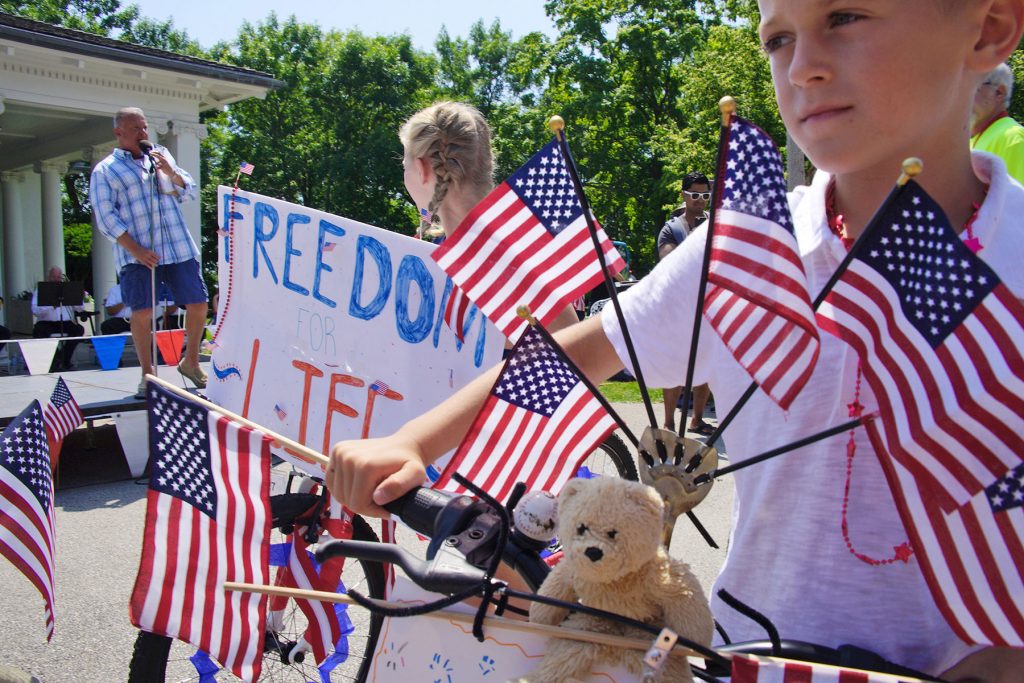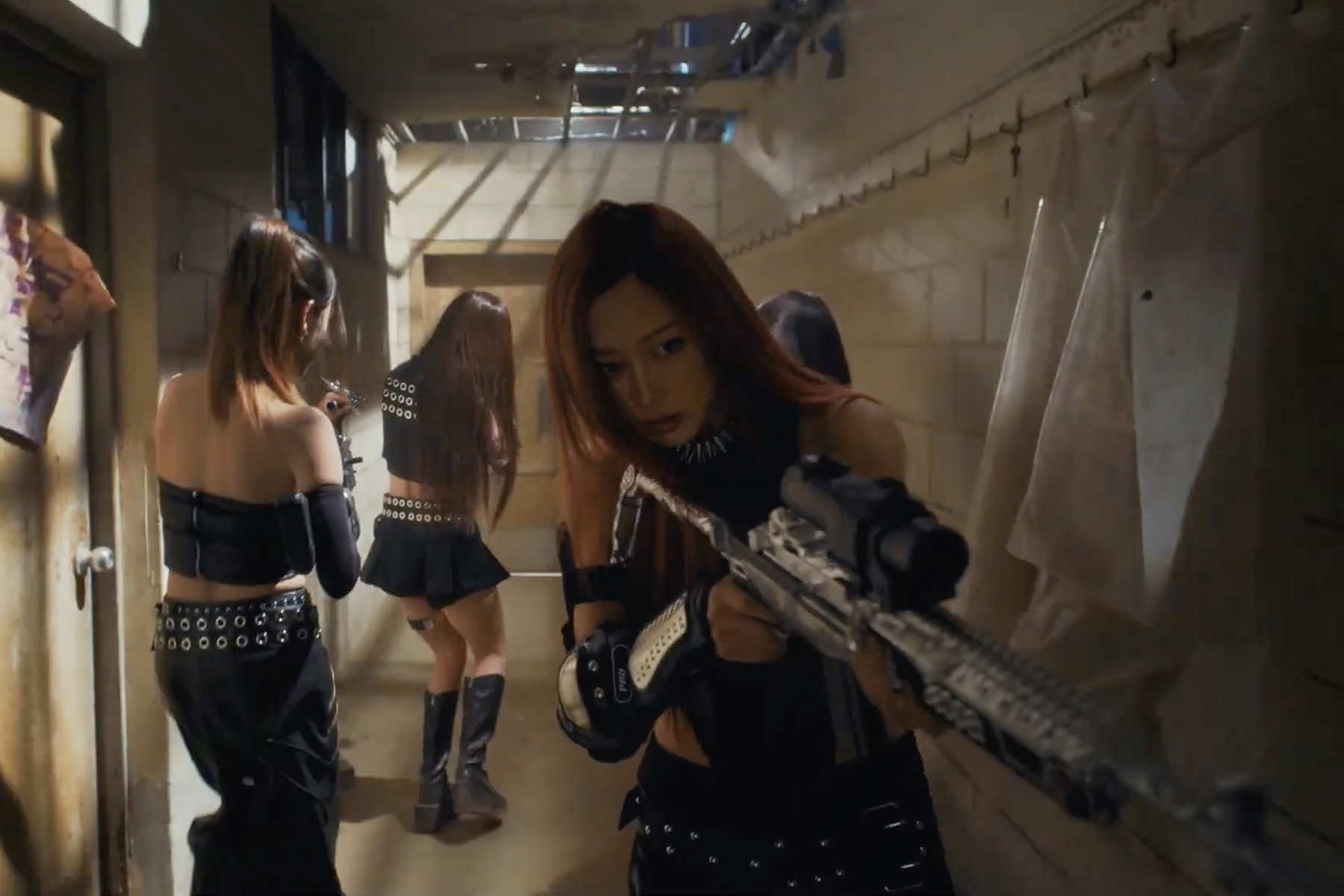
In the newly released cinematic trailer for PUBG’s “Dark Arts” season, members of the popular K-pop group Aespa don’t sing or dance along with their song for the game’s soundtrack. Instead, they lock and load.
The 90-second launch film, which debuted July 9 on YouTube and in-game platforms, features three digitally rendered Aespa avatars maneuvering through an abandoned facility, outfitted with sniper rifles, pistols, and tactical gear.
One by one, they clear corridors, exchange fire, and advance with cold precision through what looks like a post-apocalyptic kill zone. It’s a far cry from the group’s debut video “Black Mamba.” But the fan reaction has been largely celebratory, not questioning.
The video is the latest collaboration between global entertainment and the gaming industry. But unlike past tie-ins that featured music videos or avatar dances, the Aespa x PUBG trailer places real-life idols in an armed combat scenario.
As the lines between pop stardom, avatar branding, and digital warfare dissolve, the cultural implications are becoming harder to ignore.
A FIRST-PERSON SHOOTER’S CINEMATIC TRAILER
The “Dark Arts” trailer opens with a Mad Max-style car chase across a desolate wasteland, where dust-covered vehicles exchange fire while maneuvering the scorched terrain. Cut to an interior location where Aespa’s members move through a narrow corridor, carrying heavy weapons.
Karina, Winter, Giselle, and Ningning are portrayed not as female idols, but as elite tactical agents with battle-hardened skills. The cinematic intensity is more in line with action films than synchronized K-pop choreography on music shows.
It is a full-on “sweep and clear” sequence against an enemy force, with the members wielding an “A-Team” TV show format of combat that shows intensity without overt violence. The sequence ends with the team driving away in a vintage convertible surrounded by a streaking kaleidoscope of colors.
It is not the cartoonish spectacle of Fortnite. PUBG’s world has always tilted toward grounded realism, and the Aespa trailer embraces that tone fully. The girls aren’t just stylized skins dropped into a map. They’re acting out warfare roles with SEAL Team 6 precision.
And while Aespa was created around the premise of having digital identities, and there have been K-pop gaming crossovers before, it is the first time these real-world celebrities are shown actively firing guns in a combat firefight.
While the trailer is a promotional film rather than an in-game cutscene, it reinforces PUBG’s current aesthetic direction: gritty, post-human combat with supernatural flourishes. The “Dark Arts” season combines occult motifs with military hardware, and Aespa, with their long-standing AI avatar narrative, were seen as a thematic match.
K-POP IDOLS AS TACTICAL ASSETS
The collaboration is the result of a partnership between Krafton, the South Korean publisher of PUBG, and SM Entertainment, Aespa’s management company. Both entities stand to benefit financially. Krafton boosts engagement with a global audience, and Aespa extends its “metaverse” narrative into yet another immersive platform.
Aespa’s group concept has always blurred fiction and reality. Each member has a digital “ae” counterpart, and their lore includes cyberwars, hackers, and data realms. Past music videos have featured futuristic combat and dark cityscapes. But this is the first time the group has been inserted into literal military shooter aesthetics. That shift pushes their brand identity into new, unexamined territory.
The PUBG collab includes character skins, limited-edition cosmetics, and themed events. While Krafton has not disclosed financial terms, similar deals in the industry involve both revenue-sharing and promotional licensing.
Aespa is not just featured in PUBG. They’ve been weaponized as marketable IP. This isn’t the first K-pop tie-in with a battle royale shooter game. BLACKPINK appeared in PUBG Mobile in 2021, but their in-game presence was limited to cosmetic skins and themed lobby music. BTS also partnered with Fortnite for emotes and backdrops.
What makes the Aespa collab different is the active depiction of K-pop idols, even as digital avatars, engaging in violent combat.
TWO FANDOMS, ONE BATTLEFIELD
The response from both PUBG players and Aespa’s fanbase, known as MYs, has been overwhelmingly positive. On Reddit, fans posted screencaps labeling the girls “squad goals.” YouTube comments called the trailer “epic” and “next level.” Some compared it favorably to big-budget video game cinematics from studios like Activision or Ubisoft.
Criticism has been minimal. Within K-pop communities, the trailer has been framed as an expansion of Aespa’s sci-fi identity.
“They were always warriors,” one fan posted on X.
PUBG fans, meanwhile, tend to view the collab as harmless fan service or a business-as-usual promotional drop.
But the convergence of these two fandoms, one defined by intense emotional investment, the other by a history of online toxicity, raises social questions. Despite the trailer’s overt militarization of Aspa’s image, there has been little visible discomfort expressed in fan forums, video comments, or online discussions.
Stan culture (i.e. ultra-devoted fandom) and gamer culture each carry reputational baggage. Both can become hostile, tribal, and saturated with entitlement. Fusing them in a context of stylized digital violence may seem trivial on the surface, but it reflects a deeper shift in how identity and aggression are being packaged together for consumption and for profit.
GENDERED VIOLENCE AND MANUFACTURED EMPOWERMENT
The visual of Aespa’s members outfitted in combat gear might be interpreted as empowerment. But to some observers, it’s simply a repurposing of the female form for yet another market – that of stylized, gamified warfare.
“Would anyone think twice if a boy group was shown doing this?” asked an anonymous Korean media critic in a post. “Probably not. Male aggression is normalized. But when female idols do it, it’s framed as sexy, edgy, powerful — even if it’s just another marketing move.”
Aespa’s members aren’t overtly sexualized in the trailer featuring their song, but the juxtaposition is clear. Youth, beauty, and precision violence delivered as entertainment. Their movements are choreographed somewhat like a K-pop performance but with less dancing and more weapons.
Such an image isn’t new. From Lara Croft to anime heroines, the media has long glamorized female combatants. What’s different here is that Aespa isn’t fiction. They’re real young women with global followings, and they’re now part of a brand that blurs their identity into militarized avatars.
The lack of backlash is especially striking when contrasted with past controversies over violent media. In the 1990s and early 2000s, American lawmakers and parent groups waged high-profile political battles over the impact of violent video games and music on children.
Games like Mortal Kombat, Doom, and later Call of Duty were blamed for desensitizing youth. Lyrics by Eminem sparked Senate hearings. Ratings systems were developed to classify games. This trailer, however, depicting real-life pop idols acting out live-fire scenarios, has met none of that resistance. There are no press conferences, no televised outrage from cultural watchdogs. In fact, there’s near-total silence.
One reason may be the erosion of centralized cultural criticism. Traditional gatekeepers, such as newspapers, parent organizations, and broadcast media, have largely lost their influence over how youth culture is policed.
Digital-native audiences consume content without filters, and marketing has grown increasingly adept at cloaking violence in style. Aespa’s trailer doesn’t present itself as edgy or shocking, it presents itself as cool.
Another factor is the flattening of moral categories. In the age of branded entertainment, K-pop music, gaming, and fantasy violence are no longer seen as distinct spheres with distinct ethical concerns. They’ve merged into a single omnivorous content economy. It is one in which any boundary, be it artistic, ideological, or moral, can be redrawn for commercial gain.
Even within South Korea, where broadcasting standards are relatively strict and idol images are tightly controlled, there has been no public discussion of the trailer’s implications since its release. Korean media coverage of the PUBG collaboration has focused almost entirely on logistics like costume designs, game event dates, and merchandise drops.
This silence may also reflect a shift in how idols are perceived, at least under certain conditions. Once protected and idealized, they are increasingly seen as digital assets, deployed wherever engagement metrics are highest. Whether it’s social media algorithms or in-game skins, the value of an idol is no longer just their music. It’s their integration into monetized platforms.
BENEFITS TO STAKEHOLDERS AND SPECTATORS
For Krafton, the collaboration positions PUBG as a culturally fluent brand capable of tapping into the K-pop wave without abandoning its core identity. It draws in fans who might otherwise never engage with a tactical shooter, while offering longtime players limited-time content that feels elite and collectible.
For SM Entertainment, it furthers Aespa’s “ae” mythology by opening doors for cross-platform exposure. Aespa has previously released music tied to virtual environments and has appeared in metaverse-style campaigns. The PUBG trailer is simply the next step in what SM calls its “SMCU,” the SM Culture Universe.
But the real winners are the platforms themselves. YouTube, Twitch, and Krafton’s own in-game marketplace. All traffic routes through digital economies that profit from engagement, not ethics.
Meanwhile, the actual content, young women firing assault rifles, glamorized in slow motion, cheered on by global fandoms, becomes just another aesthetic that no one is expected to question. If no one complains, it becomes the standard.
MISSING VOICES, MISSING CONVERSATIONS
What’s notably absent from the discourse is any critical perspective on what this means for media consumers, particularly younger fans. Aespa’s fanbase includes teens and preteens, many of whom engage with the group through TikTok and mobile content. PUBG, despite its 16+ or 18+ ratings depending on region, is widely accessed by younger players.
The convergence of K-pop idols and tactical violence in a frictionless promotional space sends mixed messages: be soft, be lethal, be purchasable. It offers identity as performance, and performance as a combat simulation.
Youth psychologists and media literacy advocates have not yet weighed in on the Aespa trailer. But some international watchdogs have previously warned against the normalization of violence through glamour, particularly when wrapped in the aesthetics of celebrity.
One former academic, now working in digital content analysis, said that trailers like “Dark Arts” can “encode violence in a language young people already trust … K-pop. It does so without signaling danger, parody, or critique. It’s just pretty girls with real guns. And that’s the message.”
WHAT COMES NEXT?
The Aespa-PUBG collaboration is unlikely to be the last of its kind. As gaming platforms compete for cultural relevance and K-pop groups expand their IP footprint beyond music, similar crossovers are inevitable.
The question is no longer whether the public will accept this fusion of femininity, violence, and brand power, but whether anyone will bother to notice. In this new media age, even idols march forward under fire. Not toward danger, but toward monetization.
© Photo
PUBG / Krafton

